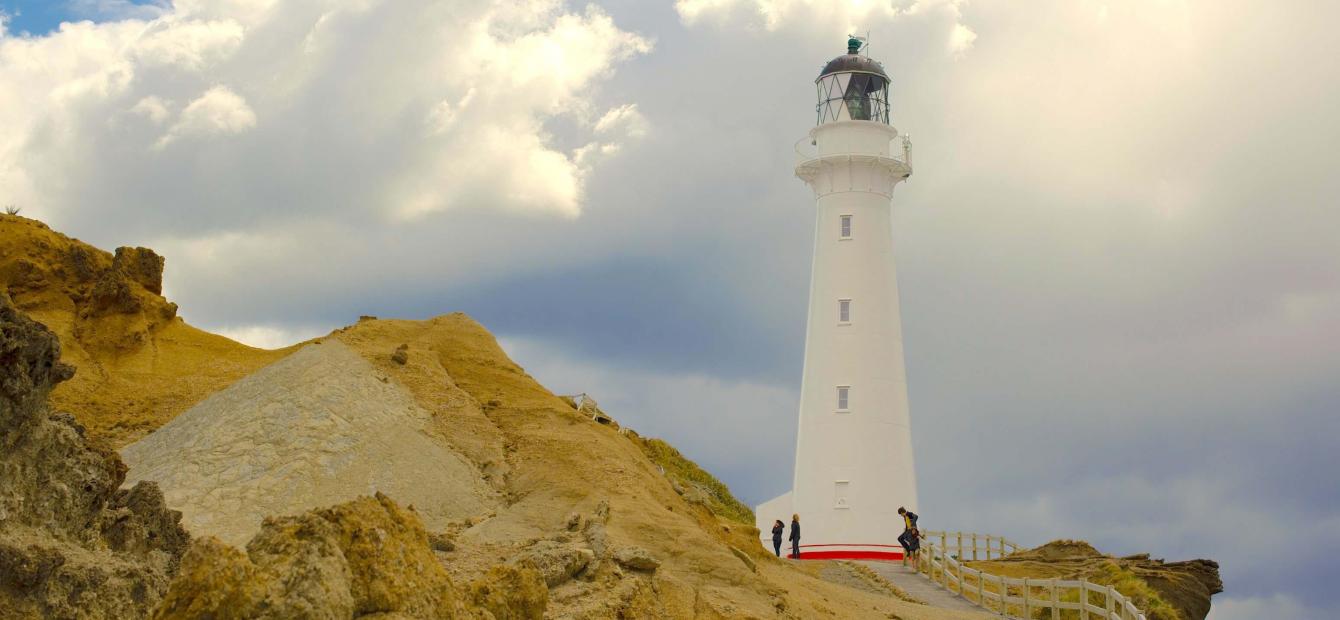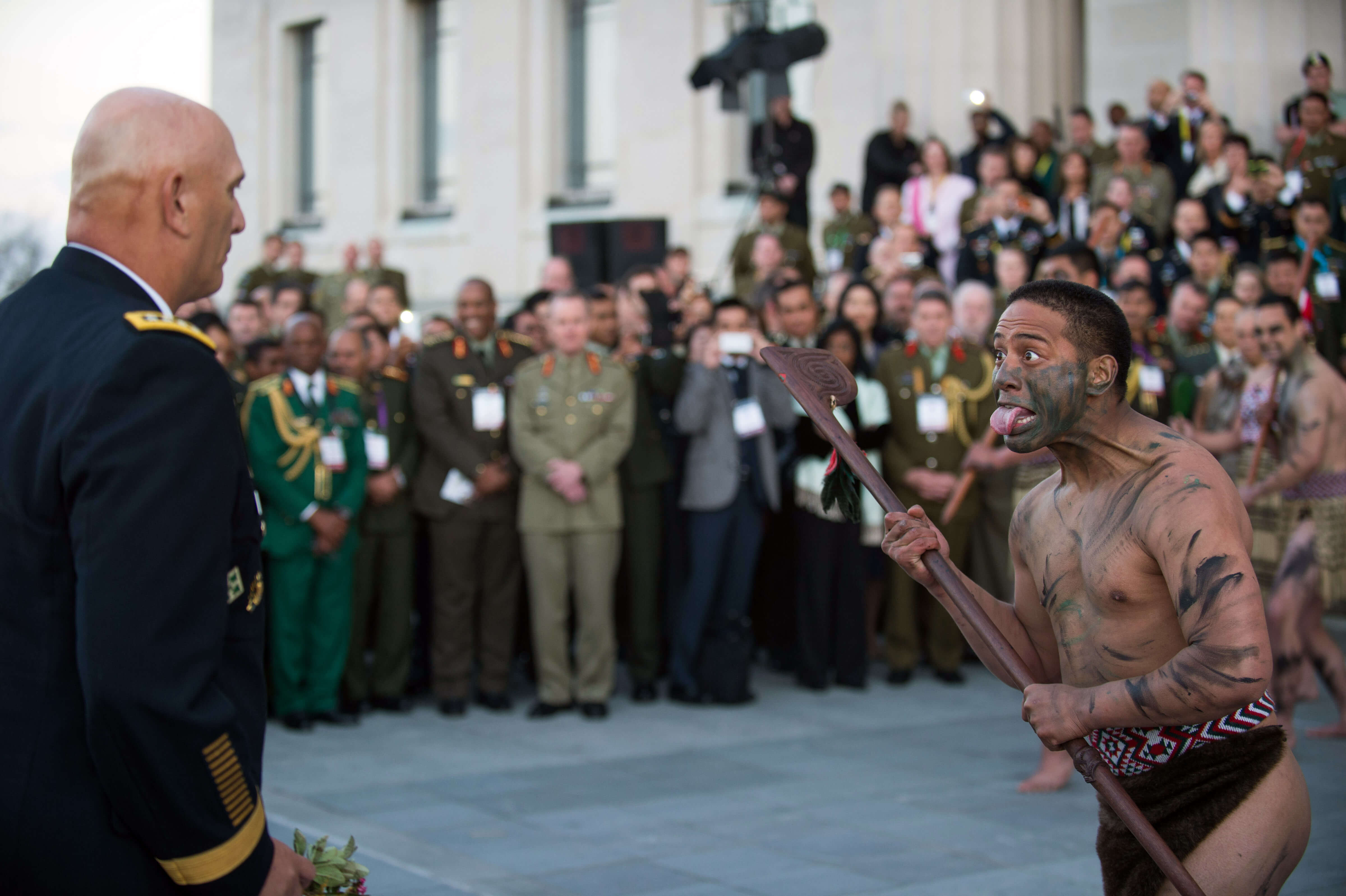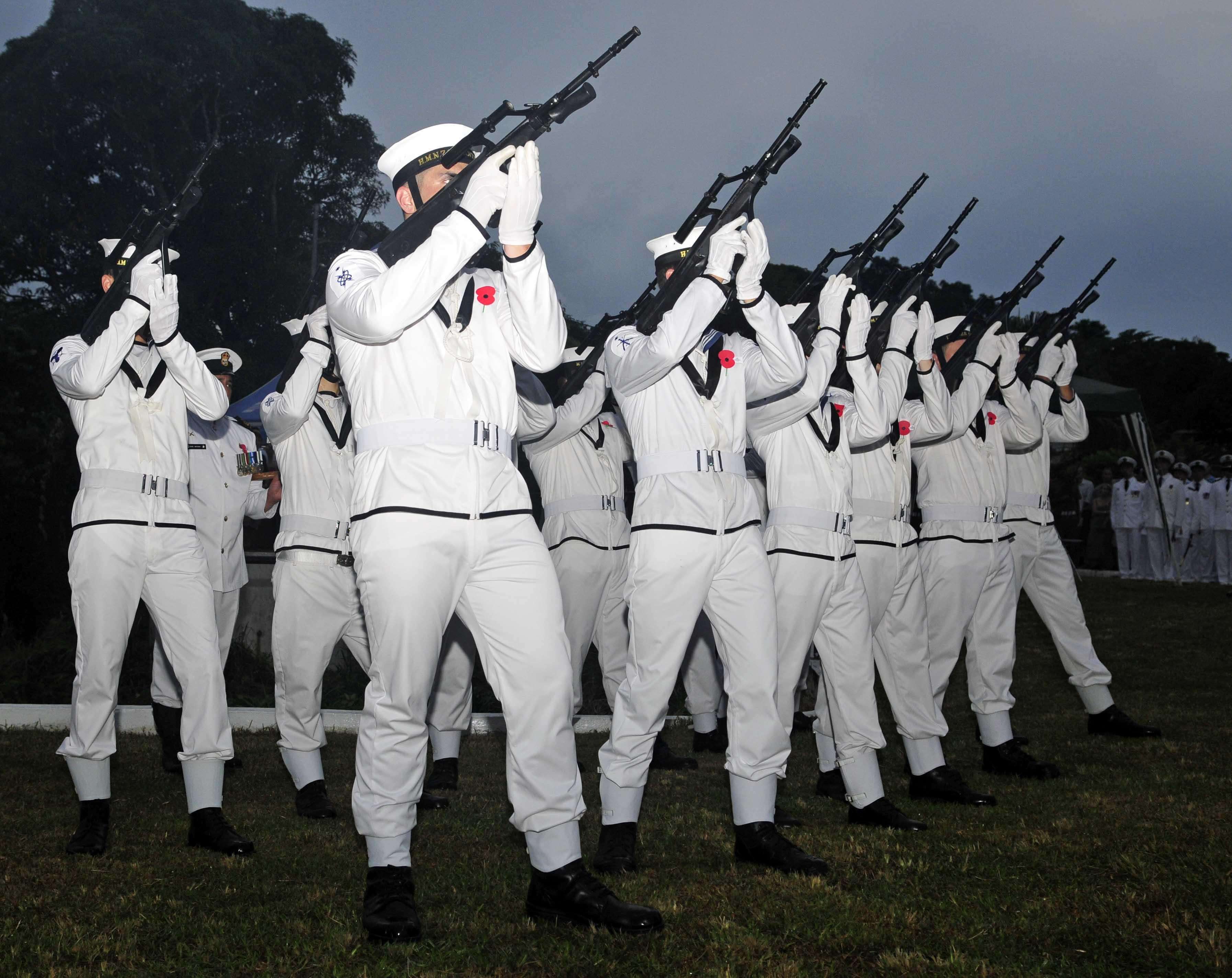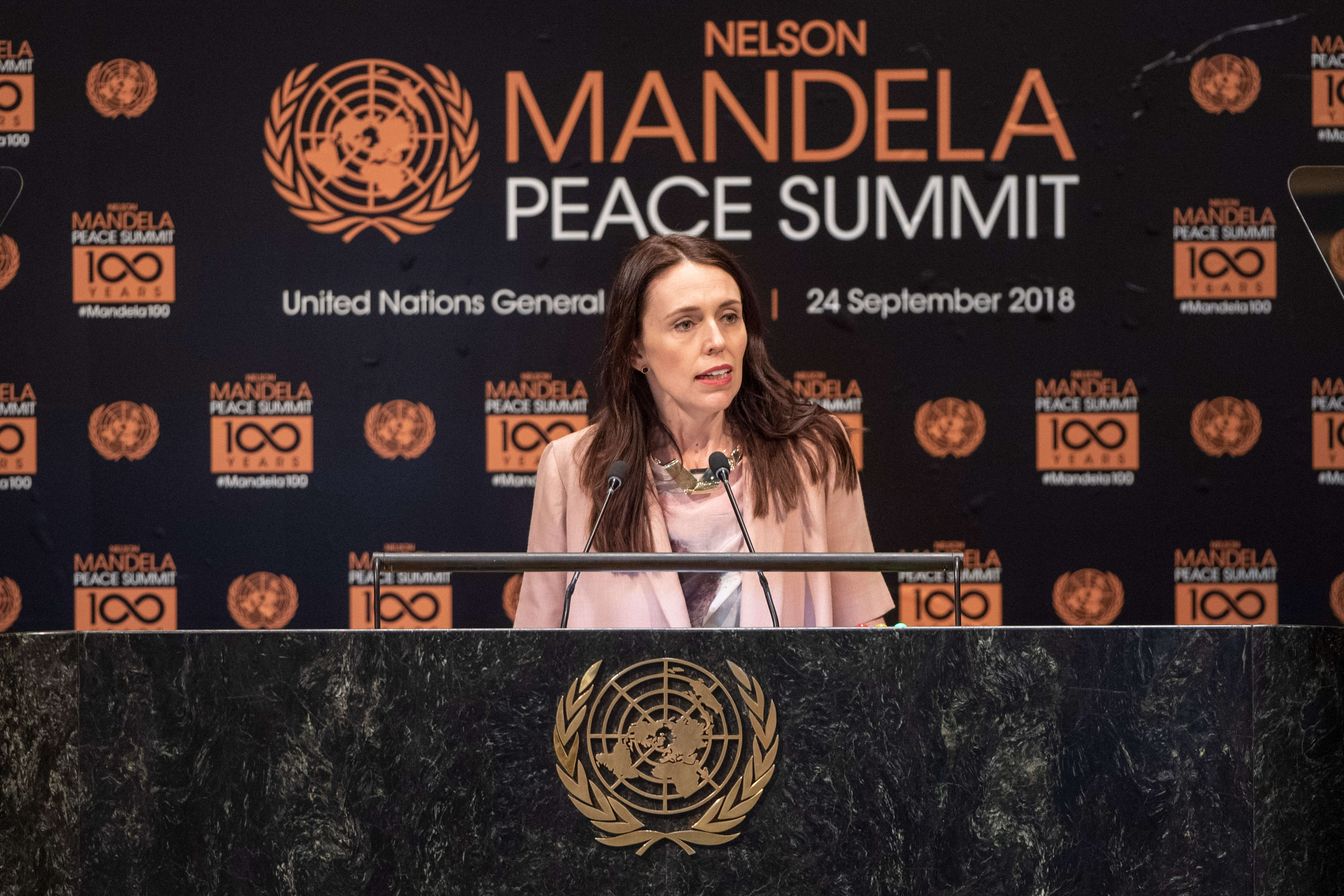
Oceania: New Zealand’s Defence and Security Policy
Are New Zealand's security concerns so modest that a defence force becomes an optional extra? That is not where things have ended up. In the second part in a series on Oceania, professor of strategic studies Robert Ayson analyses New Zealand’s Defence and Security Policy.
Whenever the world enters prolonged periods of turmoil and strategic uncertainty, it is appealing to look for quiet and safe places to escape the action. New Zealand is one of those locations. It is an established liberal democracy with a moderate climate (both meteorologically and politically), a stable economy, and public services that work. As Mr Trump castigates NATO allies to increase their defence spending, Mr Putin tries to weaken European institutions, and Mr Xi flexes China’s economic muscles in East Asia, New Zealand seems an especially appealing location for those wanting geopolitical quietness.
This leads to an obvious question: mightn’t New Zealand be one of those rare places where security concerns are so modest that a defence force becomes an optional extra? But that’s not where things have ended up. Today New Zealand may only have a small detachment remaining in Afghanistan, but it has been part of the international mission there since soon after the 2001 terror attacks. New Zealand personnel are at Taji Base working alongside the Australia Defence Force to train Iraqi forces. And Jacinda Ardern’s new coalition government has decided that New Zealand will acquire combat-capable P8 Poseidon maritime patrol and surveillance aircraft. These will increase New Zealand’s interoperability with key ally Australia and also with other traditional partners including the United States.
Small states like New Zealand (...) may find themselves preparing for conflict far away even when their local circumstances are favourable
Given New Zealand's history of involvement in international institutions, including its strong support for the United Nations, and the global spread of New Zealand's trade relationships, we might conclude that Wellington has shaped its defence choices around its wider international interests. While there may not be too many obvious challenges to those interests in New Zealand's South Pacific neighbourhood, this logic would suggest, there are plenty of problems further afield that need to be attended to. Small states like New Zealand who see a strong rules-based order as a protector of their wider international priorities may find themselves preparing for conflict far away even when their local circumstances are favourable.
But this logic is problematic too. Over the last two decades in particular, a succession of governments (left and right of centre) have structured the New Zealand Defence Force around the ability to operate in the country’s immediate neighbourhood. In the late 1990s, for example, Helen Clark’s Labour government abandoned New Zealand's combat air wing and decided against a third frigate, instead purchasing a multirole vessel which could help with mainly non-combat roles in the South Pacific. The successor National Party-led governments of John Key and Bill English did not radically alter these priorities. And the new Ardern government argues that it is in fact elevating the South Pacific as a focus for New Zealand’s future military capabilities. This will occur alongside the reset in New Zealand’s overseas aid budget which will see a significant increase in Wellington’s South Pacific contributions.

How do we square this circle? Global interests and operations on the one hand, but what appear to be local priorities on the other? The reader might think New Zealand's geography is the answer. But that still begs the question of why Wellington has decided that proximity matters when there are so many challenges in the wider world around which its defence force might be organized. Perhaps the answer is that New Zealand has felt an especially strong sense of responsibility for its immediate neighbourhood. But if New Zealand also argues that responsible small states have obligations to support the wider rules based system, why build a defence force around local missions?
Practical demands
The real answer comes as much from experience as from sentiment and from practical demands rather than inherent logic. At the same time as New Zealand was beginning to send its forces to Afghanistan in late 2001, it was already playing a significant role in the multilateral intervention into East Timor, initially led by Australia before coming under United Nations auspices. Within two years New Zealand’s police and defence forces would also be working alongside their Australian counterparts in the Regional Assistance Mission to Solomon Islands. And in 2006, New Zealand would lead a smaller mission to Tonga after an outbreak of civil unrest in the main island of Tongatapu.
Occurring in quick succession these operations reinforced the view that in the South Pacific New Zealand would not face optional missions where it might make small contributions to wider coalitions. Instead it would find itself in compulsory commitments where it could end up taking the lead. That logic meant that New Zealand might need to operate more or less independently, putting a premium on its ability to deploy forces over still significant distances without being able to rely on a larger western partner for logistics support, unless that partner happened to be Australia.
These missions from the 1999-2006 period are fading in the memory, but other arguments have since come to the fore as to why New Zealand needs to prioritise local commitments. One example is the argument that as competition grows for scarce fisheries and other marine resources, there are more overseas vessels operating in the exclusive economic zones of New Zealand and its Pacific neighbours. Some of these are illegal operators, demanding a response. There is also the argument that external interest is growing in the Southern Ocean as well. New Zealand’s increased desire to monitor developments to its south have been reflected in the decision to ice-strengthen one vessel (a new tanker) and possibly a second (a third Offshore Patrol Vessel). Moreover the comments by successive New Zealand governments in respect of the country’s historic claim over part of Antarctica (kept in suspended animation by the mid-1950s Antarctic Treaty System) have become noticeably more robust.

None of this has been politically controversial in the New Zealand defence debate. In fact, one might wonder if there is a domestic political calculus behind some of this argumentation. There is a good amount of cross-partisan consensus on the importance of the South Pacific (which includes New Zealand’s territory by way of Niue, Tokelau and Cook Islands); New Zealand’s vast Exclusive Economic Zone (courtesy of the UN Convention on the Law of the Sea); and New Zealand’s Southern Ocean and Antarctic interests.
One reason for this convergence of views is the environmental dimension. The desire and responsibility to protect marine habitats, New Zealand’s history of opposition to nuclear testing in the South Pacific, and more recently, concerns about climate change means that even the New Zealand Greens, who are often skeptical about defence expenditure, have a stake in this game.
The last of these factors is especially significant. Climate change, which has been a real focus for Prime Minister Ardern’s policy agenda, and is one of the portfolios held by the Greens, is one of the connecting links for this triangular logic. From the impact on the Antarctic ice-shelf, to the risks posed to New Zealand’s coastal zones, to the existential threats posed by sea level rise to the lowest lying Pacific Islands countries, climate change seems a strong argument for a neighbourhood focus.
Is New Zealand hedging against China’s rise which requires the ability to work militarily with traditional partners with deployment options well beyond the South Pacific?
Except as a justification for investment in combat capabilities, climate change hardly offers a slam-dunk argument. The P8s, for example, will offer anti-submarine warfare options that seem rarely to be needed in New Zealand’s closer environs. The two frigates, recently upgraded at no little expense, also have more capability than local demands would seem to require. Similarly, New Zealand’s Special Forces, which were an important feature of New Zealand’s military role in Afghanistan, have more lethality than most South Pacific commitments would call for.
The China factor
Unless there is an illogic here or an echo of times in the 1950s and 1960s when New Zealand deployed extensively into Southeast Asia, what explains this dissonance between local need and parts of the defence force? Judging by the newspaper headlines about China’s growing assertiveness, including in the South China Sea, and Beijing’s creation of a Belt and Road in which a number of Pacific Island countries are participating, one might think there is an obvious answer. Is New Zealand hedging against China’s rise which requires the ability to work militarily with traditional partners with deployment options well beyond the South Pacific?
In a world acquainting itself to the news that geopolitics did not die with the Cold War, the China factor is a convenient answer. After all, many small European states concerned about a large autocracy to their east might feel some sympathy. Is there any chance that for China is to New Zealand as Russia is to Estonia? To be sure, the Ardern government’s Foreign Minister, Winston Peters, who leads the populist New Zealand First Party, complains that if New Zealand, Australia and their western partners don’t up their game in the South Pacific, someone else will. He doesn’t mention China by name when he says this, but everyone knows that this is his focus. Moreover, the Ardern government has been more willing than its predecessors to draw attention to China’s worrying pattern of behaviour in the South China Sea.

But before we jump on the China threat explanation, a series of limiting factors apply. First, New Zealand still portrays Xi Jinping’s China as a member (and not an outlier) of the international rules based system. Ardern has referred to China a leader on trade and climate change, two areas crucial to her government’s view of the world. Second, the degree of militarization evident in the South China Sea has no obvious parallel closer to New Zealand (at least not yet). Third, New Zealand has been much slower than Australia to forge closer defence relations with Japan, one of China’s chief antagonists. And Wellington has little appetite for the harder edges of the Indo-Pacific collaboration which sometimes features in the visions from Canberra, Tokyo, Washington and perhaps also New Delhi.
There is another problem in arguing that New Zealand’s defence policy is a response to its concerns about China’s heft. Wellington is hardly embarking on a significant arms build-up. It has few of the advanced maritime combat systems that Australia has developed. A New Zealand combat air wing is unlikely to return, even if Defence Minister Ron Mark (also New Zealand First), may like that to happen. The big challenge is replacements – the P8s, whatever replaces the ageing Hercules aircraft, and whatever eventually replaces the two frigates. New Zealand’s spending on defence seems likely to remain around the 1% of GDP level. Don’t tell Mr Trump!
Perhaps in that era of growing international doubt, Wellington will decide that concentrating on its own part of the world makes more sense than ever
Much more viable as an explanation is that when they find themselves in office, New Zealand governments conclude that their successors will want to have options to deploy the defence force beyond the South Pacific. That could be a surveillance aircraft committed to exercises associated with the Five Power Defence Arrangements (with Singapore, Malaysia, Australia and the United Kingdom). But it could also be a frigate sent to an anti-piracy mission off the African coastline or a new multilateral interception force in the Middle East. It might be light infantry and engineers for whatever tomorrow’s version of Afghanistan comes to look like.
But there is a slight caveat here to be raised. At least some of these distant missions have assumed something important about international politics: close and cooperative relations between the United States and its leading allies, and especially a strong commitment to Transatlantic comity. We are now seeing elements of this longstanding consensus severely tested by Donald Trump’s assaults on internationalism. In that sort of world, one has to wonder whether there will be quite as many opportunities for New Zealand to work in coalitions beyond the South Pacific, unless western leadership takes a new form, or unless an acceptable form of nonwestern leadership becomes more prominent.
Perhaps in that era of growing international doubt, Wellington will decide that concentrating on its own part of the world makes more sense than ever. In fact, the more New Zealand observes that the rules based order is not being protected globally, the more its sense of responsibility for the local elements of that order may grow.





0 Reacties
Reactie toevoegen